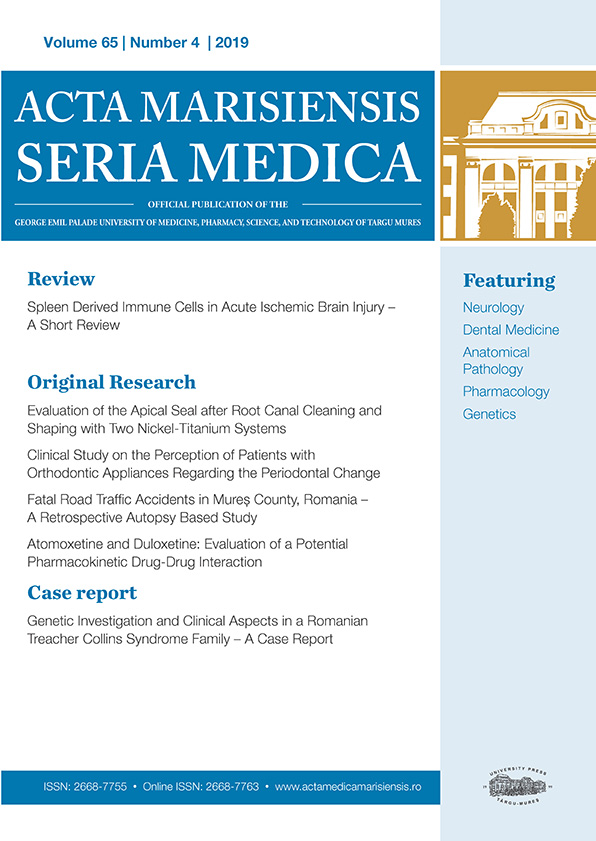Maternal sepsis - challenges in diagnosis and management - a mini-summary of the literature
Abstract
Sepsis is still one of the leading causes of maternal mortality and morbidity, being the third most common cause of maternal death, after hemorrhage and hypertensive disorders. Maternal sepsis may appear due to obstetric causes such as: chorioamnionitis, endometritis, abortion-related uterine infections, and wound infections. For non-obstetric causes of maternal sepsis the most common are urinary tract infections and respiratory tract infections. This mini-summary presents the challenges in early diagnosis and prompt management, caused by pregnancy physiological changes. Physiological alterations during pregnancy, like an increase in white cell count, heart rate, and respiratory rate, associated with a decrease in blood pressure are also known sings of infection, making the diagnosis of sepsis during pregnancy more difficult. The three pillars of sepsis treatment are early antibiotic, vital organ support and fluid therapy, the last one being controversial. A more restrictive approach for fluid resuscitation could be more suitable for pregnant women, taking into account the risk of fluid overload and pulmonary edema. Criteria for early recognition and appropriate management customized for maternal sepsis are mandatory.
Copyright (c) 2023 Mihaela Alexandra Budianu, Andrada Ioana Crişan, Septimiu Voidăzan

This work is licensed under a Creative Commons Attribution 4.0 International License.









